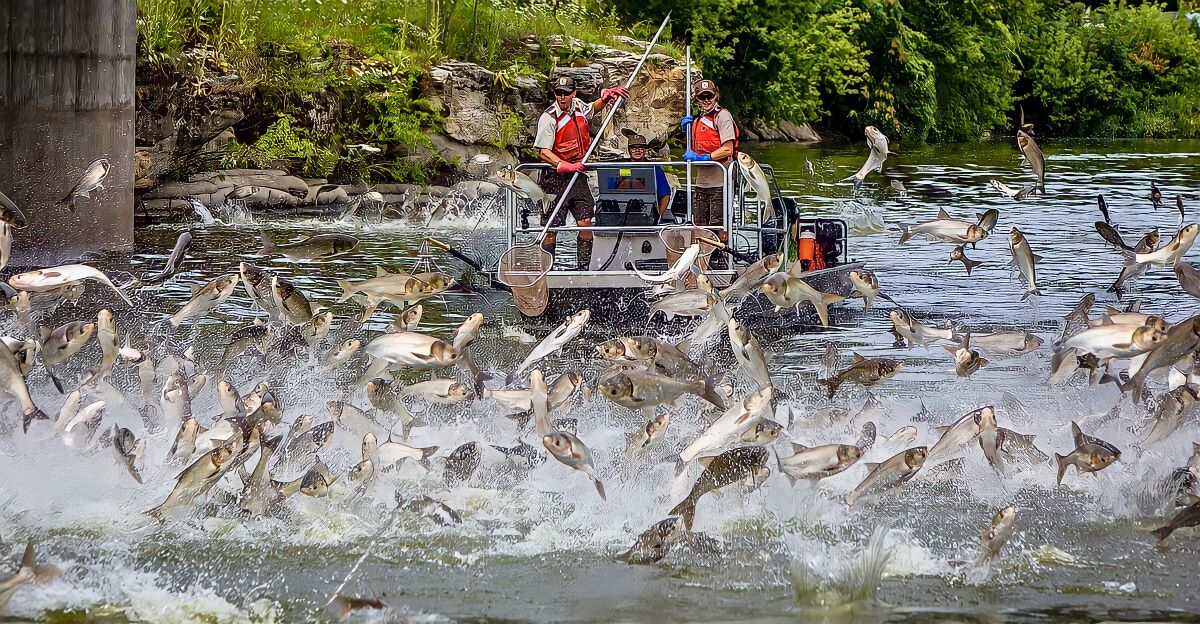
They leap out of the water, outcompete native fish, and wreak havoc on ecosystems—Asian carp are taking over U.S. waterways, and their impact is anything but small. Originally introduced to control algae, these invasive fish have since spread uncontrollably, threatening native species and disrupting entire food chains. From economic concerns to ecological damage, here’s how Asian carp are reshaping America’s waters—and what’s being done to stop them.
Asian Carp: A Crisis Spreading Like Wildfire
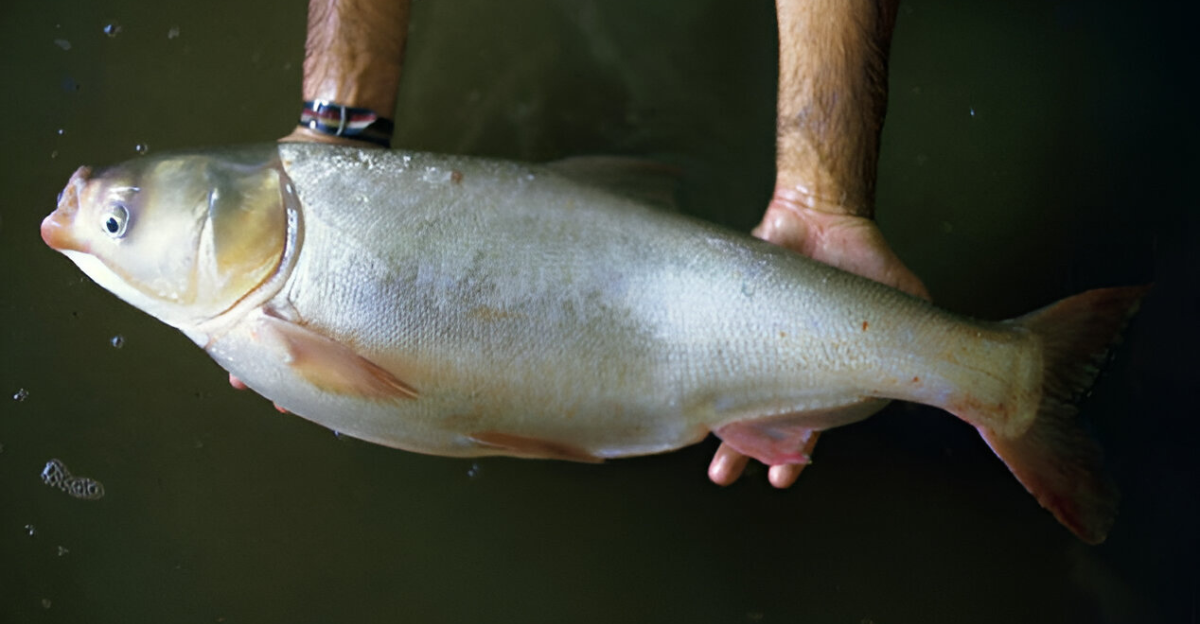
Asian carp didn’t just arrive in U.S. waters—they exploded. Introduced in the 1970s to control algae, they’ve since invaded major rivers, outcompeting native fish. In some areas, they now make up 90% of aquatic life. This isn’t just an ecological nuisance; it’s a crisis accelerating at breakneck speed. With their rapid reproduction and insatiable appetite, these fish are reshaping entire ecosystems, leaving destruction in their wake. And stopping them? That’s a billion-dollar challenge.
Collapsing Food Webs: The Ecosystem Black Hole
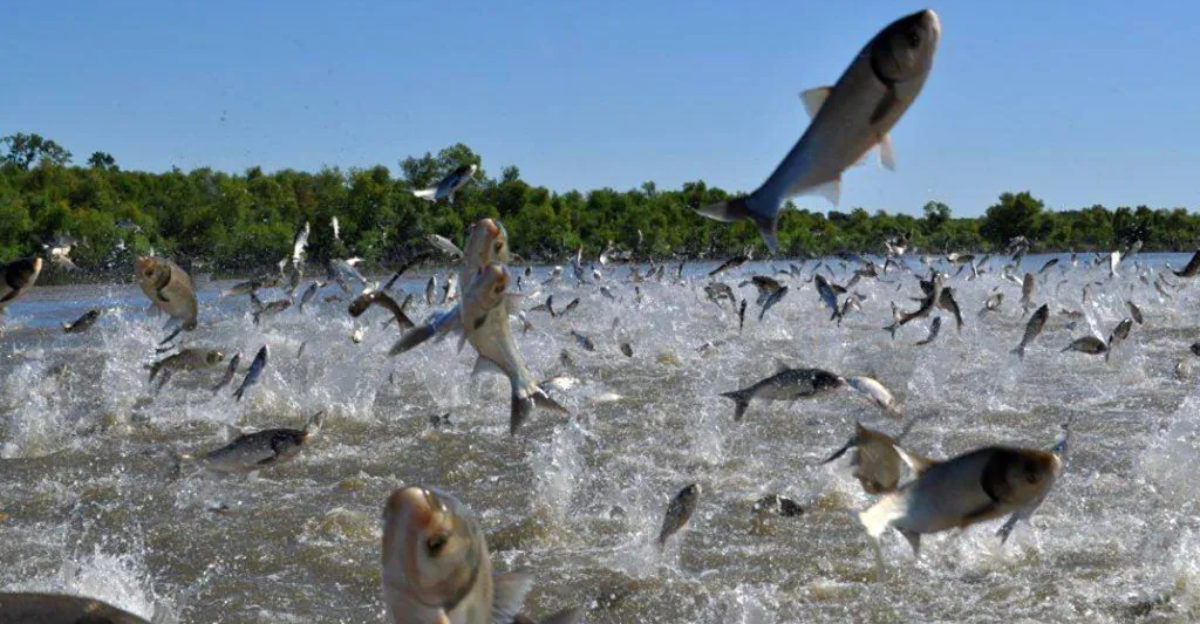
Asian carp devour plankton at alarming rates—up to 20% of their body weight daily. This leaves native fish like walleye, perch, and bass starving. The Illinois River already shows what happens when carp dominate: a simplified, brittle ecosystem vulnerable to collapse. The real danger isn’t just competition; it’s the loss of biodiversity. Without intervention, Asian carp could create freshwater “dead zones” where few species besides themselves can survive.
More Than Fishing: The $22 Billion Economic Threat
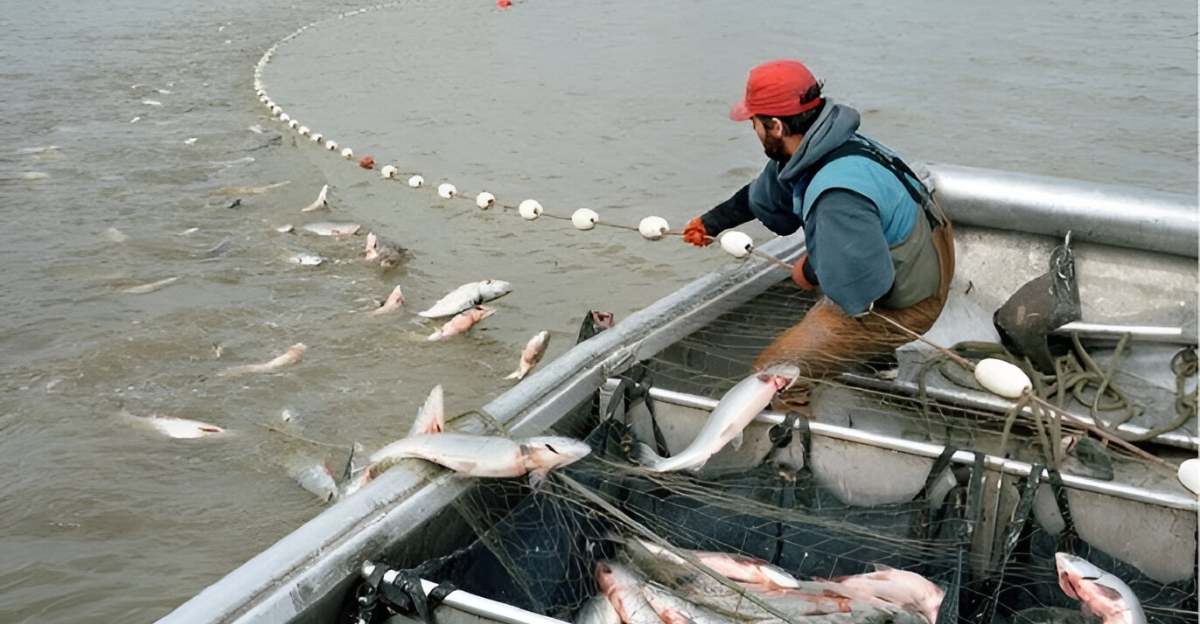
It’s not just commercial fishing at stake. The Great Lakes fishing industry is worth $7 billion, but secondary losses go even deeper. Recreational boating, a $16 billion industry, is threatened as silver carp turn waterways into dangerous obstacle courses. Injuries from leaping fish are rising, and infrastructure costs are ballooning. The U.S. already spends $8 million a year on electric barriers, but without a permanent fix, the long-term cost could reach billions.
Human Health Risks: The Hidden Biohazard
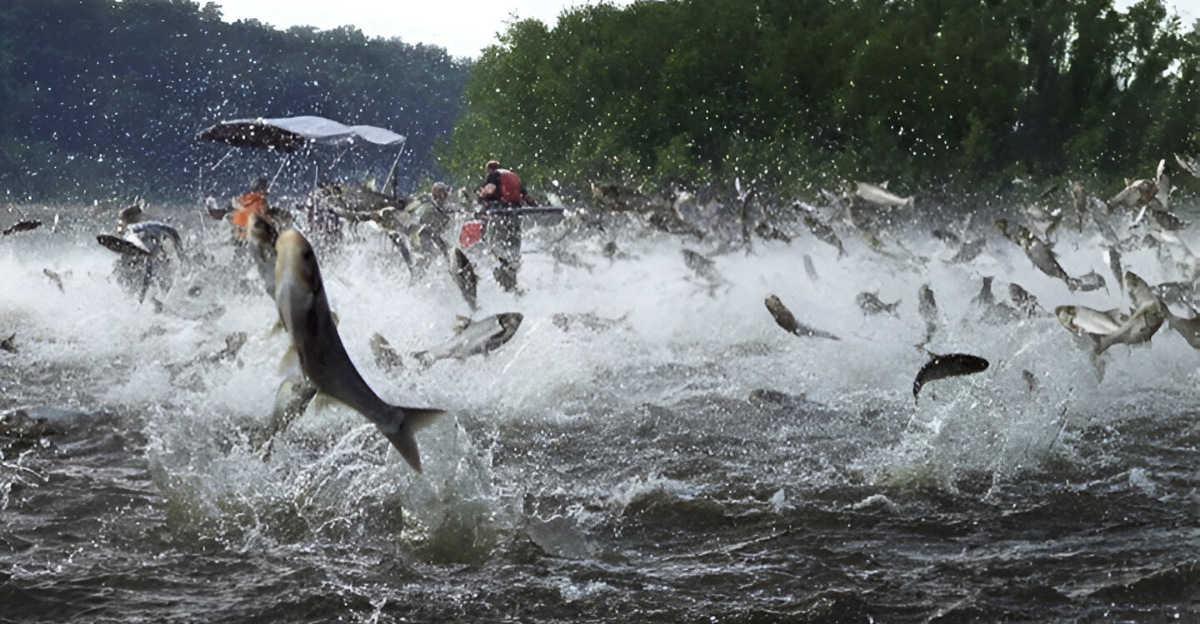
Beyond their physical threat—leaping carp have injured boaters—these fish may also carry hidden dangers. Asian carp host parasites like the Asian tapeworm, which could devastate native fish populations if it spreads. Their impact on plankton destabilizes water quality, potentially worsening toxic algal blooms. Remember Toledo’s 2014 drinking water crisis? Experts warn that Asian carp could exacerbate similar risks, making water supplies more vulnerable to contamination.
Leaping Nightmares: Boaters Beware!
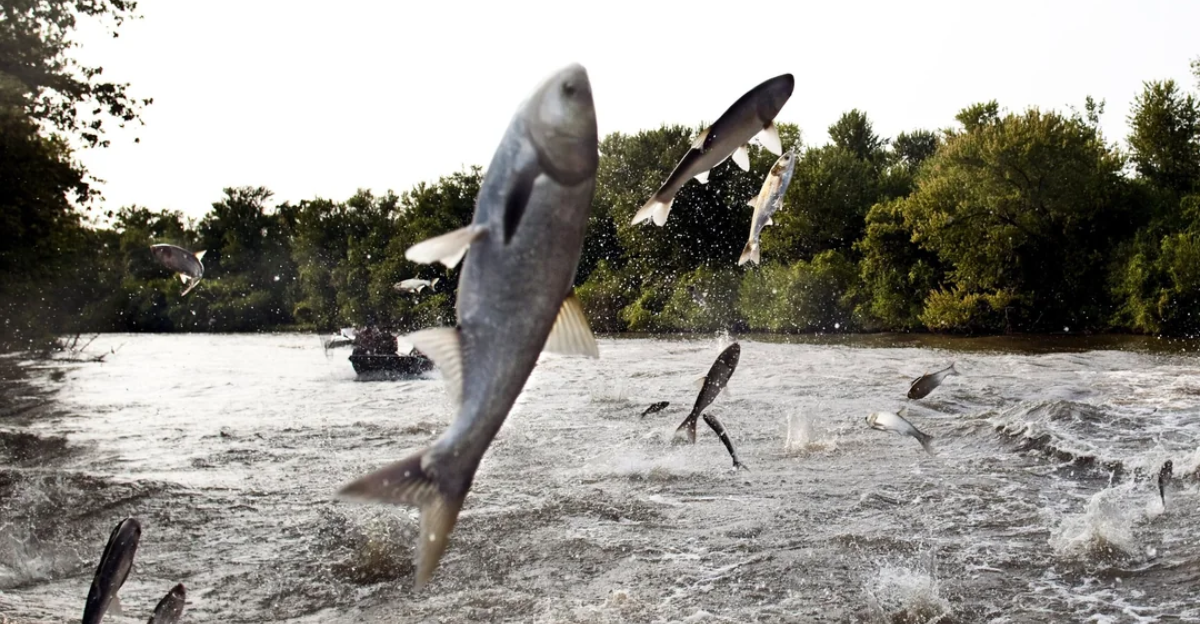
Silver carp are infamous for their acrobatics. Startle them, and they launch themselves out of the water—sometimes straight into people’s boats, faces, and equipment. Weighing up to 40 pounds, they’ve caused serious injuries, even knocking people unconscious. This turns peaceful waterways into unpredictable hazards. With populations rising, the likelihood of dangerous encounters will only increase, raising concerns about safety regulations and liability lawsuits for tour operators and boat rental businesses.
Will Climate Change Expand Their Reach?
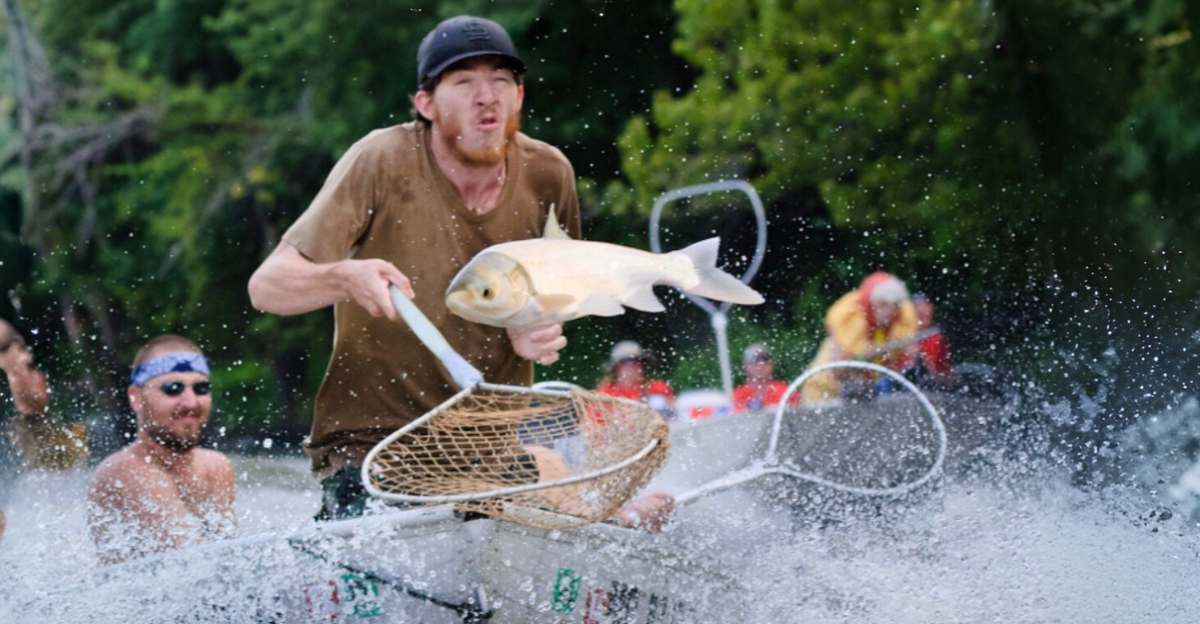
Warmer waters mean more territory for Asian carp. Experts warn they could expand northward into Canada’s Hudson Bay, creating a binational crisis. Climate change is already altering migration patterns for many species—what happens if Asian carp, unchecked by predators, gain an even stronger foothold? If the U.S. struggles to control them now, what happens when their range doubles? This could be the next major invasive species disaster.
Could Genetic Engineering Backfire?
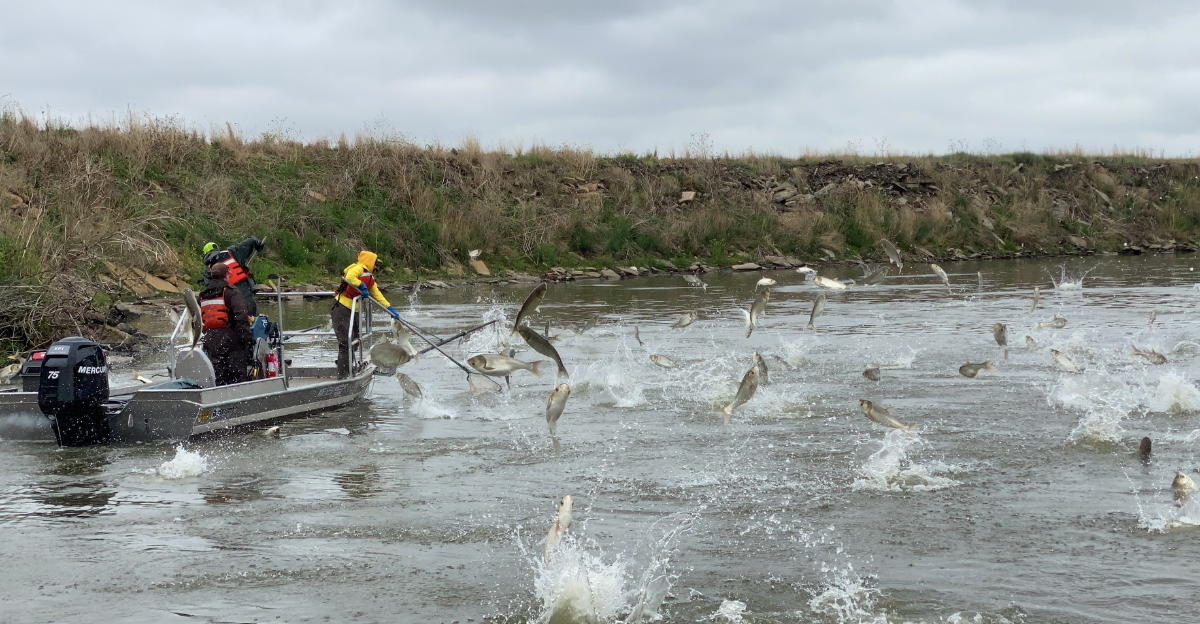
One proposed solution is CRISPR-edited “sterile carp” that can’t reproduce. But genetic modifications carry risks—what if these altered fish mutate in unexpected ways? Could they develop immunity? Could the technology spread to other species? Scientists warn that releasing genetically modified organisms into the wild is unpredictable. If a mistake happens, we won’t be able to undo it. Are we willing to risk unintended consequences in an attempt to fix a human-made disaster?
Illinois and Michigan Unite Against Invasive Carp
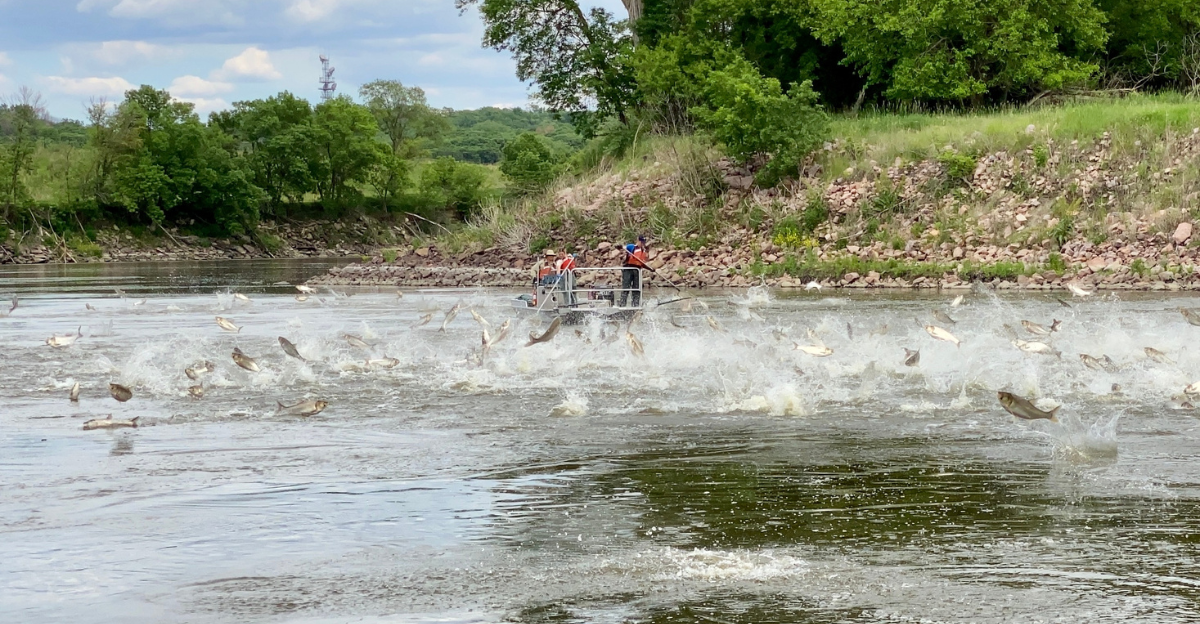
In a historic move, Illinois and Michigan signed an agreement to co-fund the Brandon Road Ecosystem Project. Illinois will contribute $2.5 million, while Michigan provides $8 million to support engineering and design. The goal? To stop bighead, silver, and black carp from invading the Great Lakes through a state-of-the-art barrier system.
The Brandon Road Barrier—A Critical Defense
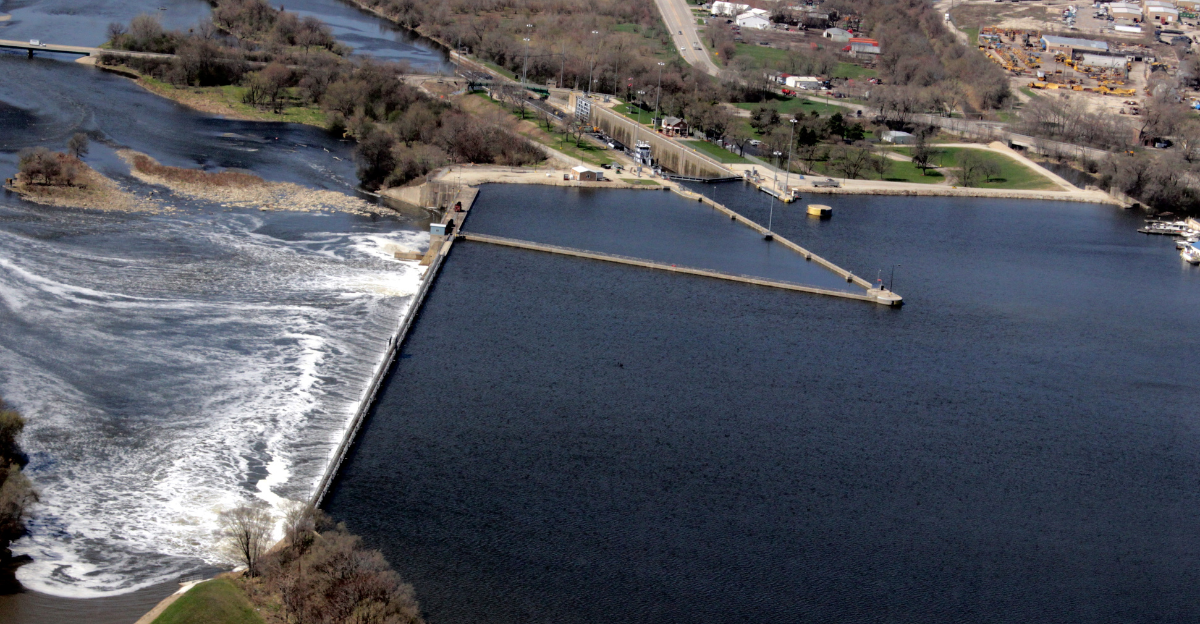
Located near Joliet, Illinois, Brandon Road is the last line of defense against invasive carp reaching Lake Michigan. The project includes multiple deterrents—electric barriers, sound waves, air bubbles, and a flushing lock—all designed to keep these destructive fish from spreading into the Great Lakes ecosystem.
First Construction Contract—A Milestone Achievement
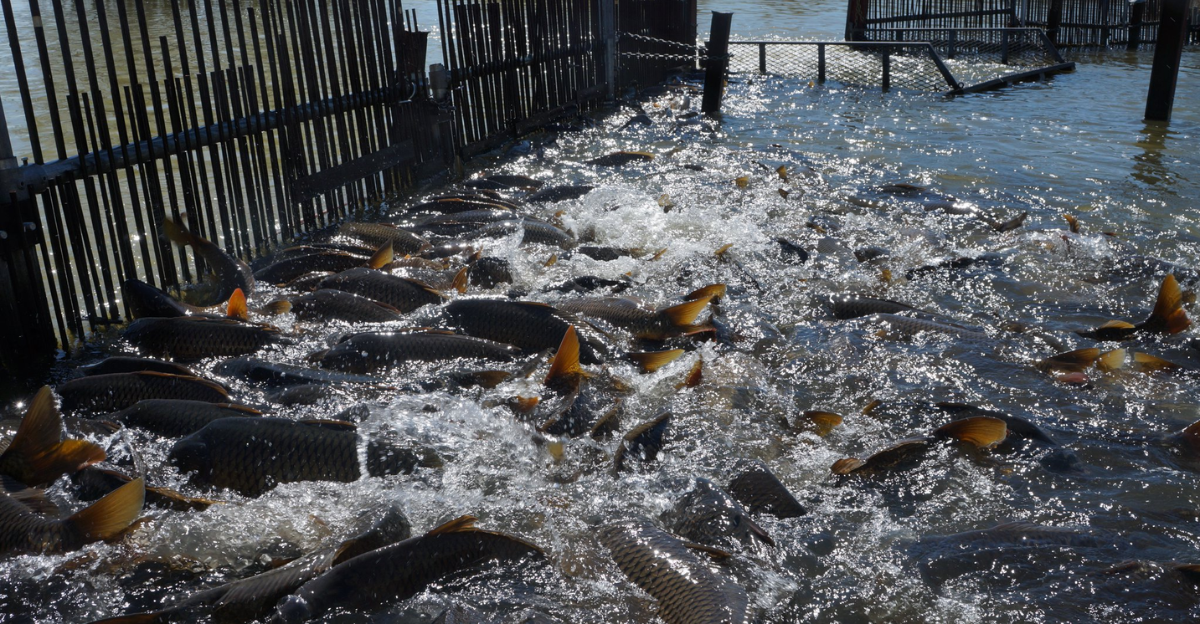
In late 2024, the U.S. Army Corps of Engineers awarded a $15.5 million contract for site preparation and rock removal at Brandon Road. This marked the start of the billion-dollar project, with Illinois and Michigan serving as non-federal sponsors alongside federal funding.
Illinois Hits Pause on Construction—Funding Uncertainty
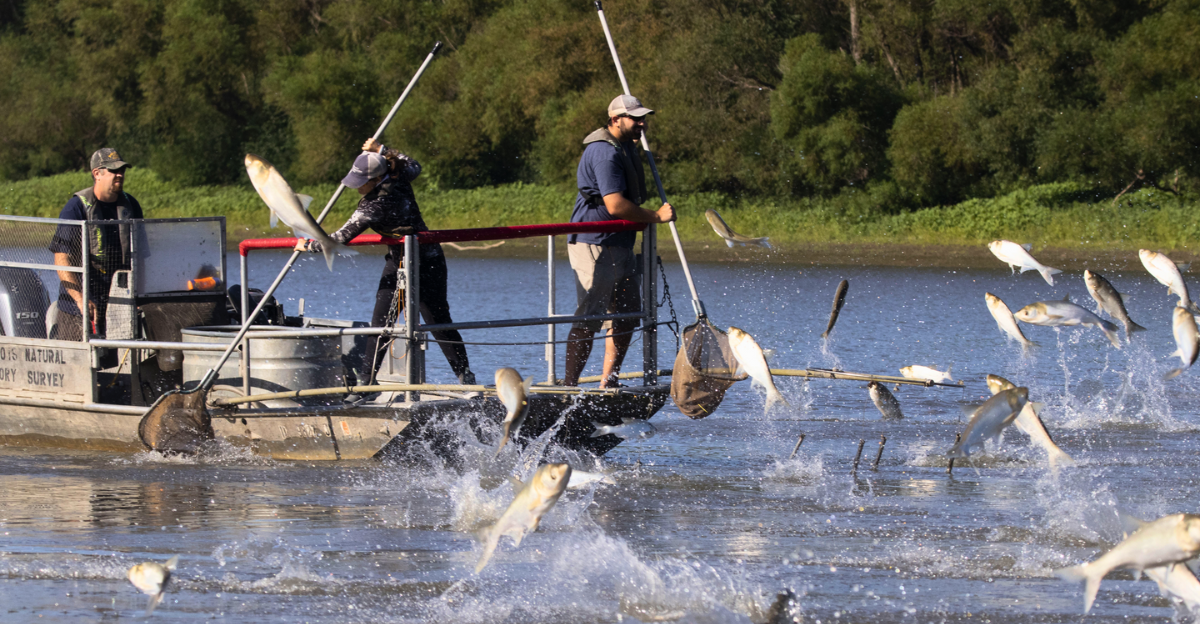
Despite progress, Illinois postponed a critical property rights transfer in early February, citing concerns over federal funding commitments. Governor Pritzker blamed the Trump administration for withholding $100 million in promised infrastructure funds, forcing the state to delay key steps in the project.
A Race Against Time to Protect the Great Lakes
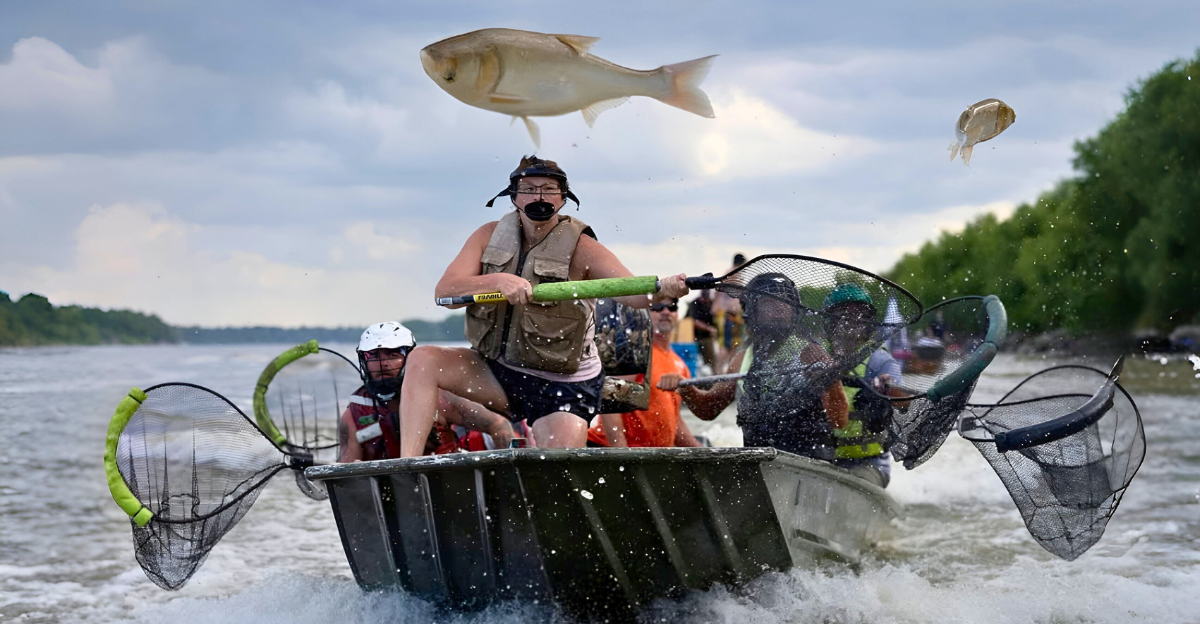
Invasive carp pose a severe threat to the $7 billion Great Lakes fishery and its ecosystem. Weighing up to 45 kg (100 lbs) and consuming one-third of their body weight daily, these fish outcompete native species and disrupt habitats. Any delay in the Brandon Road Project risks irreversible damage.
Uncertain Future—Will Federal Funds Arrive?
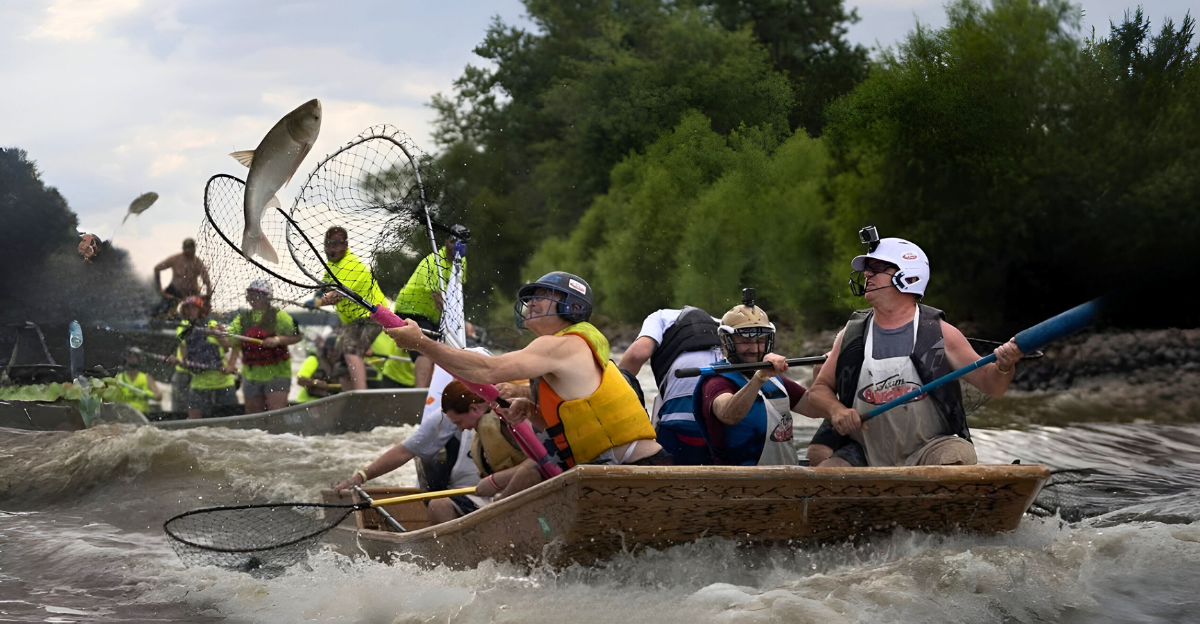
Illinois and other Great Lakes states argue that protecting these waters is a national responsibility. While the Army Corps insists the project is moving forward, state officials warn that without federal funding assurances, further delays could be inevitable. The fate of the Great Lakes hangs in the balance.
Explore more of our trending stories and hit Follow to keep them coming to your feed!

Don’t miss out on more stories like this! Hit the Follow button at the top of this article to stay updated with the latest news. Share your thoughts in the comments—we’d love to hear from you!







